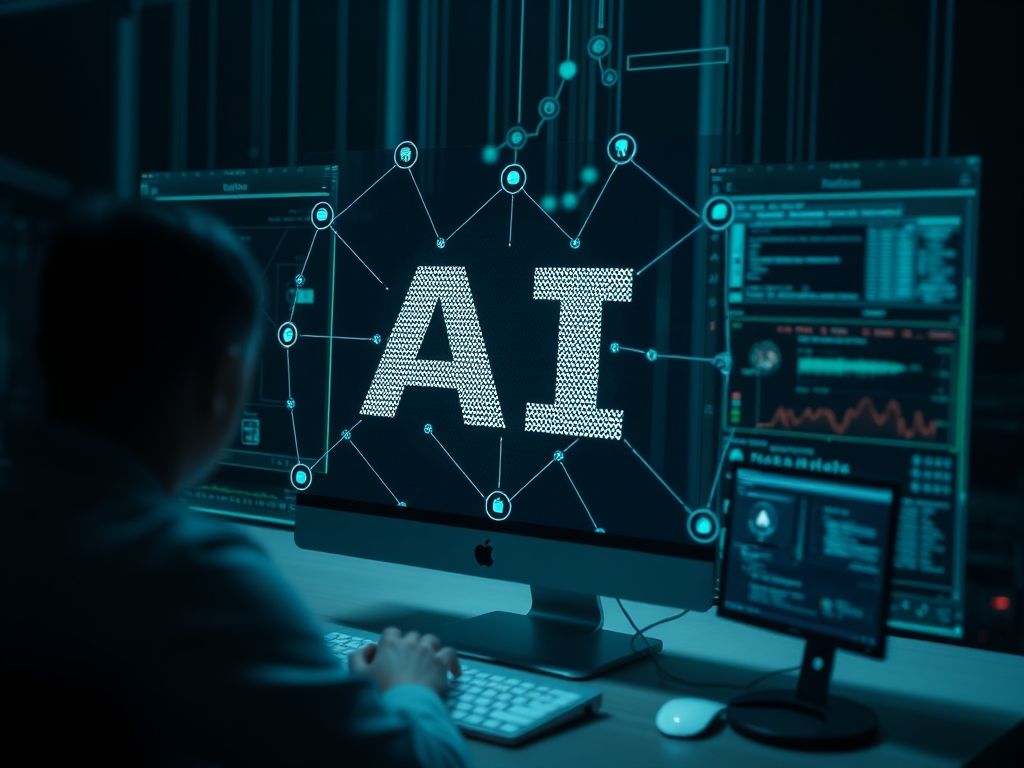Understanding AI Monitoring
AI Monitoring refers to the ongoing process of tracking and evaluating the performance, behavior, and outcomes of artificial intelligence systems. This involves assessing various metrics to ensure that AI solutions are functioning as intended, remain efficient, and deliver accurate results. In a world increasingly driven by data and machine learning, AI Monitoring has emerged as a critical component for businesses and developers alike.
The Importance of AI Monitoring in Today’s Technology Landscape
As artificial intelligence becomes more integrated into various industries, the need for effective monitoring mechanisms has never been more crucial. AI systems can often behave in unpredictable ways, making it essential to have robust monitoring frameworks in place. Here’s why AI Monitoring is significant:
- Ensures Reliability: Regular monitoring helps identify anomalies and errors in AI systems, ensuring they operate reliably.
- Enhances Performance: By tracking performance metrics, organizations can optimize AI algorithms and models for better efficiency.
- Compliance and Ethics: Monitoring AI helps in adhering to regulatory requirements and ethical standards, particularly in sensitive applications.
- Improves User Trust: Consistent monitoring fosters confidence among users that AI systems are functioning properly and making fair decisions.
Key Components of Effective AI Monitoring
To implement AI Monitoring effectively, several key components must be considered:
- Data Quality Assessment: Monitoring the quality of input data ensures that AI models receive accurate and relevant information.
- Performance Metrics: Establishing KPIs (Key Performance Indicators) that measure the performance of AI systems in real-time.
- Feedback Loops: Creating mechanisms for continuous feedback that allows for iterative improvements in AI models.
- Alert Systems: Implementing alerts for when system performance deviates from expected norms, allowing for quick interventions.
Real-World Applications of AI Monitoring
AI Monitoring is applicable across various sectors. Here are some practical examples:
- Healthcare: In medical diagnostics, AI Monitoring is essential to ensure that algorithms provide accurate readings and recommendations for patient care.
- Finance: In fraud detection, ongoing monitoring of AI systems helps identify suspicious transactions and mitigate risks effectively.
- Retail: E-commerce platforms utilize AI Monitoring to analyze customer behavior and improve recommendation systems.
- Manufacturing: AI Monitoring is used in predictive maintenance to track machinery performance and foresee potential failures.
How to Implement AI Monitoring in Your Daily Operations
For organizations looking to incorporate AI Monitoring, here are actionable steps to get started:
- Define Objectives: Clearly outline what you aim to achieve with AI Monitoring, focusing on specific performance metrics.
- Select Tools: Choose the right monitoring tools and platforms that fit your organization’s needs, such as TensorFlow Monitoring or AWS CloudWatch.
- Set Up Data Pipelines: Establish robust data pipelines to ensure that your AI models receive high-quality input data consistently.
- Regular Reporting: Create a reporting framework that provides insights into the performance of AI systems, making adjustments as necessary.
Related Concepts and Technologies
To fully understand AI Monitoring, it’s essential to be aware of related concepts:
- Machine Learning Operations (MLOps): The practice of streamlining the process of deploying and monitoring machine learning models.
- Data Governance: Policies and procedures that ensure data accuracy, availability, and security, essential for AI performance.
- Explainable AI (XAI): Efforts to make AI decision-making processes transparent and understandable to users.
Conclusion: The Future of AI Monitoring
As AI technologies evolve, the importance of AI Monitoring will only continue to grow. By implementing effective monitoring strategies, organizations can not only improve the performance and reliability of their AI systems but also create a safer and more trustworthy environment for users. The future is bright for AI Monitoring, and it is an area that deserves attention and investment.
In conclusion, whether you are a programmer, web developer, or server administrator, incorporating AI Monitoring into your workflow can significantly enhance both the effectiveness of your AI applications and the overall user experience. Consider how you can leverage these insights to improve your current systems and foster innovation in your projects.









